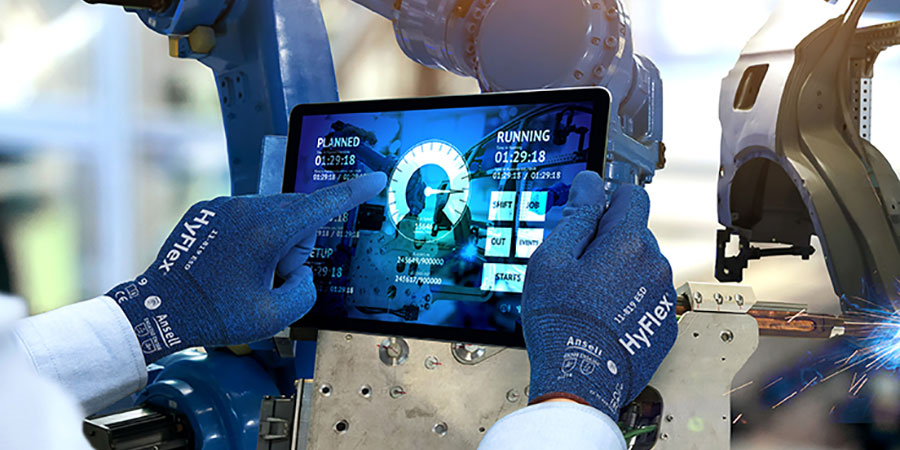 As many safety and operations managers can attest, an overwhelming number of workplace hand injuries occur because staff remove – or entirely fail to don – adequate protection solutions. The reasons for non-compliance with established personal protective equipment (PPE) policies are varied, with comfort, fit and limitation of function and movement consistently sitting at the top of the list.
As many safety and operations managers can attest, an overwhelming number of workplace hand injuries occur because staff remove – or entirely fail to don – adequate protection solutions. The reasons for non-compliance with established personal protective equipment (PPE) policies are varied, with comfort, fit and limitation of function and movement consistently sitting at the top of the list.
The Issue
The rise of digital technology in the industrial sector has created a new challenge for safety managers, as machine operation and other activities like data input, schedule maintenance and ordering increasingly requires workers to interact with touch screens including smart phones and tablets. If selected hand protection is not optimised for touch screen use, any efficiency gains realised through adoption of new technologies will quickly be negated by the increased risk associated with safety glove removal.
Touch Screen Technology
There are two common types of touch screen technology:
-
Resistive touch screens – typically found in industrial controls. Comprising two transparent conductive-coated layers separated by a gap, resistive touch screens are activated by pressure – a finger press. Resistive technology can only handle one touch point at a time.
-
Capacitive touch screens – used in mobile devices including smart phones and tablets. Capacitive screens do not rely on finger pressure, working instead with anything that holds an electrical charge, including human skin. Capacitive screens incorporate sensors constructed from a range of materials including copper and indium tin oxide and store electrical charge in an electrostatic grid. Finger contact on the screen surface changes the electrical field and affects capacitance. The advantage over resistive technology is the ability to facilitate multi-touch gesture like two-finger zoom and swipe.
Touch Screen Compatible Gloves Reduce Safety Risk
There tends to be confusion around suitable gloves for use with touch screens, including a misbelief that ESD or anti-static gloves are an appropriate choice. Gloves which have been tested in accordance with EN 16350:2014 can be used for electronic assembly work or where static charge is a concern, including where electrostatic discharge from a workers’ hands is likely to damage sensitive electronic components.
They are not designed for use with today’s touch screen technology. That said, most safety glove options will work with the resistive touch screens commonly found in industrial controls, provided that appropriate levels of flexibility and dexterity are supported by the chosen option. Bulky general-purpose gloves may limit movement and touch accuracy, undermining speed and efficiency, leading to glove removal and safety risk.
Capacitive touch screens are another story, requiring gloves that feature either a conductive coating on the fingertips or construction with a fabric that incorporates conductive threads knitted into the base material. As handheld touch enabled devices are increasingly utilised in day-to-day operations across many sectors, touch screen compatible hand protection offers a greater defence against safety risks, allowing workers to quickly and efficiently access and employ devices without the need to remove gloves.
A superior glove solution will also offer defence against other safety concerns, including cut and abrasion resistance, providing the highest level of protection against common workplace hazards. A glove choice that provides adequate protection combined with durability, comfort and dexterity should be in the arsenal of any safety manager wanting to negate safety risk and ensure peak productivity.
For further information, view the Bunzl Safety post on this topic here





